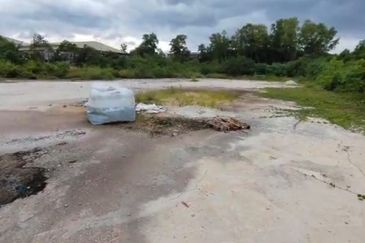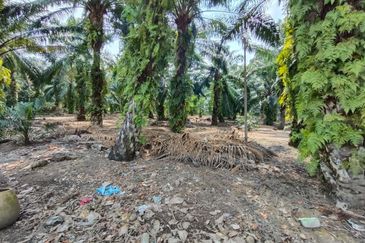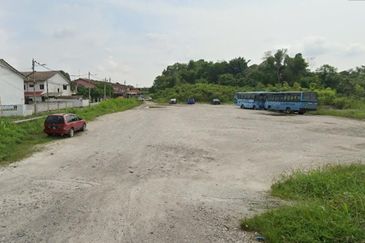PETALING JAYA (July 3): The waste-to-energy project in Kepong mooted by the Barisan Nasional administration needs further studying before it can be implemented, said Housing and Local Government (KPKT) Minister Zuraida Kamaruddin, reported The Star.
She said the government was seeking the “most suitable, cost effective and convenient way” to manage waste and convert it into energy.
First proposed in 2014, the plant was to be built on a 1.62ha site and be incorporated into the adjacent Kuala Lumpur Transfer Station in Taman Beringin.
To be built at a cost of between RM700 million and RM900 million, the plant would include an incinerator to burn waste that would be converted into energy for electricity.
However, the project was met with resistance by nearby residents as they said it was close to their homes.
Zuraida said Kuala Lumpur Tak Nak Insinerator (KTI) – a group comprising these residents that is protesting the plant – has written to her, but she has not met them yet and wants to hear their concerns about the project.
Meanwhile, KTI chairman Lee Chong Tek said they looked forward to meeting the minister to discuss their grouses, adding that Kepong MP Lim Lip Eng has also expressed his willingness to assist their cause.
He said the group is seeking alternative waste processing solutions that are more green and environmentally-friendly.
Lee said the group plans to hold a working programme with Global Alliance for Incinerator Alternatives (GAIA) – an international alliance of over 800 grassroots groups, non-governmental organisations and individuals across more than 90 countries – on July 26 to further discuss such alternatives.
According to KPKT’s statistics, Malaysia generated 42,672 tonnes of waste per day, and this figure is projected to increase to 44,888 tonnes per day as the population and cities grow.
The Klang Valley is still the biggest waste generator in Malaysia, with Kuala Lumpur alone responsible for 2,300 tonnes of solid waste per day, with the bulk of that amount being food waste.
However, monitoring data for six states and federal territories reveal the quantity of waste at disposal facilities have not increased thanks to the enforcement of Reduce, Reuse, Recycle (3R) practices and separation at source.
In a written reply by her ministry, Zuraida said the waste-to-energy technology was the most suitable solution for the Klang Valley, compared with other alternatives such as landfills given their smaller physical foot print – of 3ha compare with 1,000ha for landfills – their lower output and their reliability.
Zuraida said she was quite impressed with biomass as it could be implemented and managed locally, eliminating the transport of waste.
KPKT is now moving towards newer technologies such as incinerators and anaerobic digesters to reduce pollution and convert waste to reneweable energy, she added.
TOP PICKS BY EDGEPROP

Kawasan Perusahaan Sesama
Batu Caves, Selangor

Rawang Corporate Industrial Park
Rawang, Selangor

Bandar Springhill
Port Dickson, Negeri Sembilan

Semenyih Integrated Industrial Park
Semenyih, Selangor

Taman Perindustrian Bukit Serdang
Seri Kembangan, Selangor

Kawasan Perindustrian Nilai 3
Nilai, Negeri Sembilan

Kampung Baru Seri Kembangan
Seri Kembangan, Selangor



















